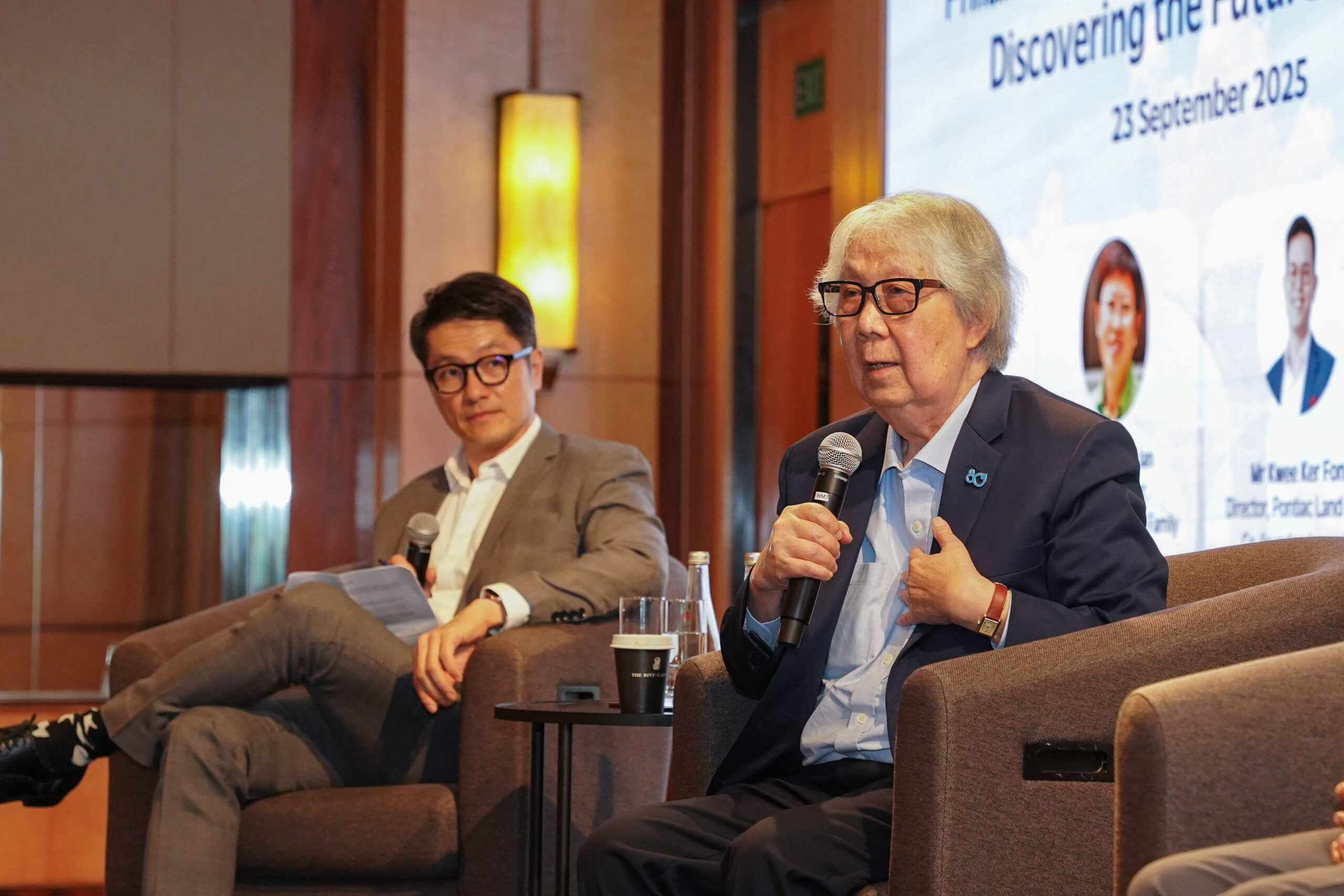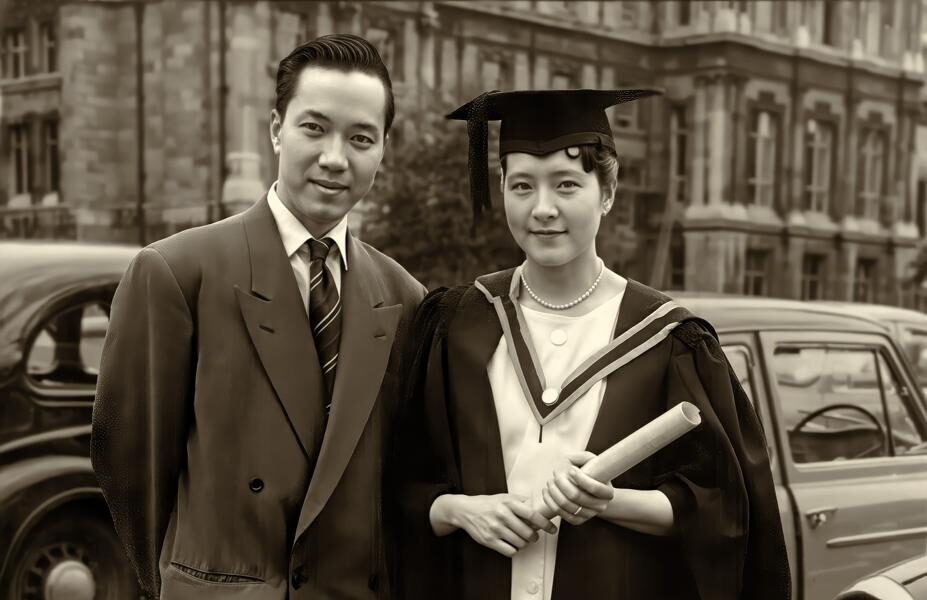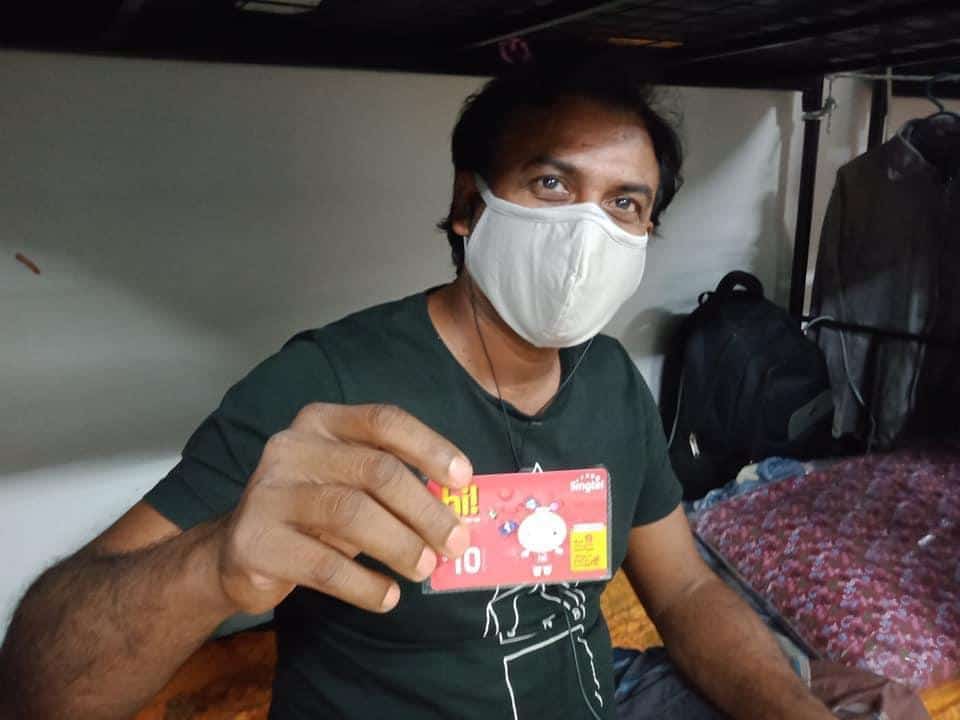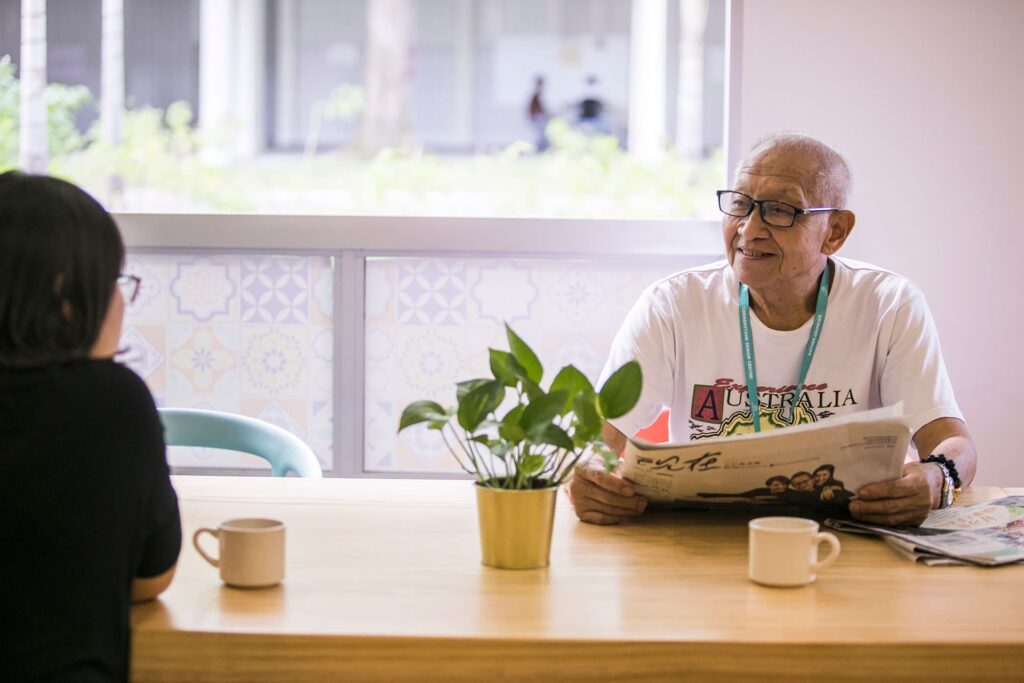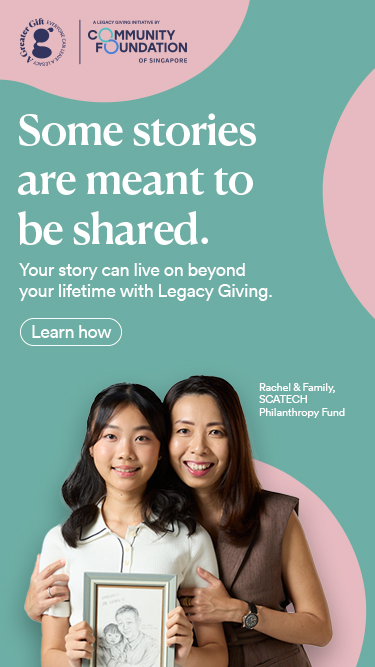Over $9 million raised for CFS’s Sayang Sayang Fund benefitting over 130,000 beneficiaries

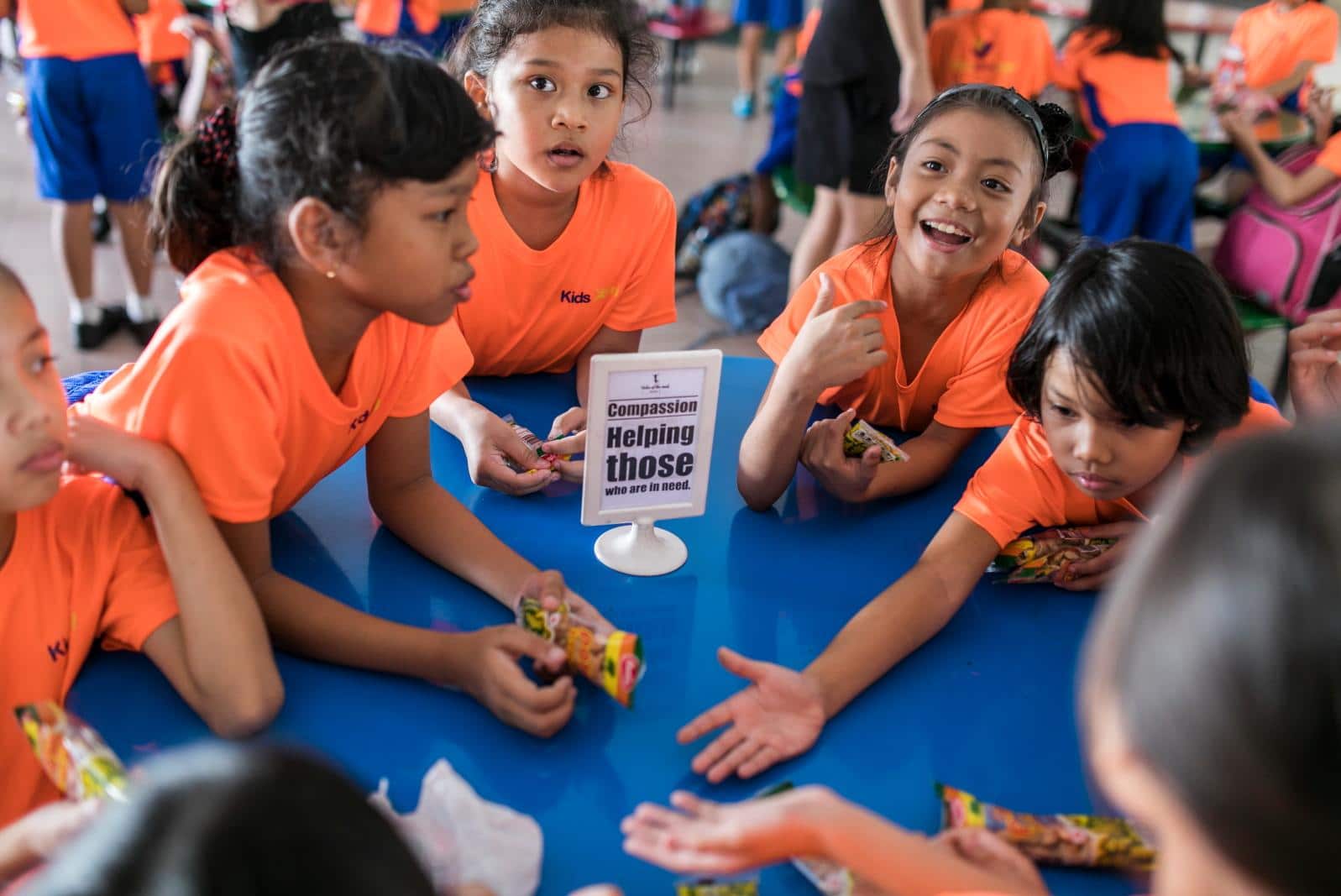
The Community Foundation of Singapore (CFS) launched the Sayang Sayang Fund (SSF) in Feb 2020 as an emergency response fund, aimed to benefit Singapore’s underserved communities impacted by COVID-19.
As a result of the keen generosity from Singapore’s general public, over $9 million had been raised, enabling the SSF to expand its scope to support nine initiatives to ensure that the most vulnerable in Singapore’s communities did not fall through the cracks. This was made possible through CFS’s highly proficient understanding of grantmaking and close collaboration with our valued community partners. This was swiftly translated into impact supporting 298 grantee organisations and 136,000 beneficiaries.
“It is with great pleasure that we thank all our partners and donors for their unwavering generosity in such times of adversity. CFS is honored to have brought together so many people from all walks to life to help those most vulnerable in need.
Without everyone’s support, neither the Sayang Sayang Fund nor its initiatives would have been birthed. We are humbled and proud of the part that CFS has played to be able to be in such a privileged position to do what we did,’’ says Joyce Teo, Deputy CEO of CFS.
Some of the initiatives that were supported by the SSF included SeniorsOK@Home, which provided relief to seniors unable to leave their homes because of social distancing measures, Recess@Home, which provided meal subsidies for needy students during their Home Based Learning (HBL) period and MigrantsOK@Home, which extended care towards our migrant workers in the form of free top-ups in their prepaid cards to call their loved ones at home.
The emergency response funds were able to reach recipients promptly due to the Fund’s nimbleness, alongside the combined efforts of informal grassroots networks and community groups outside of the regular charitable bureaucratic systems.
A summary on the SSF funds disbursed so far
CFS aims to disburse all of the donations raised to our allocated partners and beneficiaries. To date, over $7 million has been disbursed. The charity partners were required to provide a comprehensive report on how these funds were used and whether they were fully utilised.
Giving relief to migrant workers
CFS worked with Humanitarian Organization for Migration Economics (HOME), Migrant Workers’ Centre (MWC) and Transient Workers Count Too (TWC2) to provide funding for our migrant workers, whose assistance has been invaluable and support to this community would not have been possible without their help.
In total, $200,000 had been disbursed by the MigrantsOK@Home initiative through our partners, benefitting 90,000 migrant workers with care packages and free prepaid top ups.
“We are very happy to have CFS partner with us to support our migrant workers in the factory-converted dormitories,” says MWC Chairman Yeo Guat Kwang. “We are really very thankful to everyone for giving a helping hand to our migrant workers in this challenging time.”
Aiding the elderly with AIC
More than $1.5 million was also disbursed to seniors for assistance through the SSF through the SeniorsOK@Home initiative, who received immediate aid, food supplies, necessities and medical supplies.
CFS collaborated closely with the Agency for Integrated Care (AIC) and other agencies to distribute relief to this particularly vulnerable community. Much needed funding was delivered to nursing homes and other community care providers to enhance precautionary measures during the pandemic, and also to ensure the safety and wellbeing of the staff and residents of more than 90 community healthcare organisations.
300 infrared thermometers were also developed and distributed by CFS through the initiative, and helped to reduce the manpower required for temperature taking at nursing homes, hospices and eldercare centers, where manpower was sorely lacking during the COVID19 period.
‘’During this period, it is important that we combine efforts with our partners to support seniors in a timely manner. The Sayang Sayang Fund, within a short time frame, has helped to channel significant and meaningful support for our Community Care partners and seniors,’’ says Tan Kwang Cheak, CEO, AIC.
Distributing meals to needy students with the Ministry of Education (MOE)
Much credit goes to CFS’s partnership with the Ministry of Education with the Recess@Home initiative. The persistent efforts of the dedicated civil servants in MOE shone through, as they worked tirelessly with CFS in disbursing funds to needy students in the fastest way possible.
More than $1.3 million has been disbursed through MOE to the Recess@Home initiative and helping more than 28,000 needy students to receive their meals. The subsidies were disbursed via top-ups to the students’ School Smartcard which students could use to purchase food and essential groceries at some hawker centres, food courts, minimarts, convenience stores and supermarkets.
“Thank you for helping us with our daily expenses during the circuit break period. It really helped our family financially as our parents do not have enough money to give us pocket money every day. Having this really helped us because sometimes we try to save the money our parents give us. We are really grateful because not many people have this opportunity.’’ said Primary 6 sisters, Liyana and Hanayani.
Putting a roof over the heads of rough sleepers with SafeSleep@Home
For the initiative SafeSleep@Home, almost $200,000 was disbursed to help more than 300 rough sleepers to find shelter during the circuit breaker period and obtain more permanent housing in the long term. The funds also went towards providing them with daily necessities and food supplies.
CFS has collaborated with four charity partners to provide temporary housing, overhead support, and home transition funds for over 300 individuals, including families. About 10 percent had successfully transitioned into long-term permanent housing, while the rest are in the process of doing so.
Other Community Grants disbursed by CFS
Through our community partner Filos Community Services, CARE packs were distributed to 250 vulnerable and isolated elderly and 50 low income families. These CARE packs contained tip sheets on hygiene, hand washing, use of masks, home exercises and helplines. Essentials such as antiseptic soaps, dettol, vitamin c, tissue packs, stretch bands or water bottles to be used for home exercises, thermometers, biscuits and milo, hand sanitizer and masks were also included.
CFS also supported community partner Petapis, and provided funds to purchase essentials to 4 of their residential welfare homes to mitigate the risks of the infection such as personal protective equipment (PPEs) and thermometers. 300 beneficiaries benefitted from the essentials that the funds provided.
“The Sayang Sayang Fund’s measure of success is not by how much it has raised, but by the number of smiles on the faces of all the people it has helped. I feel tremendous gratitude for our partners both government and community, who have come together so compassionately to give aid to those in Singapore who are most in need. Thank you for your steadfast efforts and generosity,’’ says Catherine Loh, CEO of CFS.
To find out more about Sayang Sayang Fund, please visit https://cf.org.sg/sayangsayangfund/
The Community Foundation of Singapore (CFS) launched the Sayang Sayang Fund (SSF) in Feb 2020 as an emergency response fund, aimed to benefit Singapore’s underserved communities impacted by COVID-19.
As a result of the keen generosity from Singapore’s general public, over $9 million had been raised, enabling the SSF to expand its scope to support nine initiatives to ensure that the most vulnerable in Singapore’s communities did not fall through the cracks. This was made possible through CFS’s highly proficient understanding of grantmaking and close collaboration with our valued community partners. This was swiftly translated into impact supporting 298 grantee organisations and 136,000 beneficiaries.
“It is with great pleasure that we thank all our partners and donors for their unwavering generosity in such times of adversity. CFS is honored to have brought together so many people from all walks to life to help those most vulnerable in need.
Without everyone’s support, neither the Sayang Sayang Fund nor its initiatives would have been birthed. We are humbled and proud of the part that CFS has played to be able to be in such a privileged position to do what we did,’’ says Joyce Teo, Deputy CEO of CFS.
Some of the initiatives that were supported by the SSF included SeniorsOK@Home, which provided relief to seniors unable to leave their homes because of social distancing measures, Recess@Home, which provided meal subsidies for needy students during their Home Based Learning (HBL) period and MigrantsOK@Home, which extended care towards our migrant workers in the form of free top-ups in their prepaid cards to call their loved ones at home.
The emergency response funds were able to reach recipients promptly due to the Fund’s nimbleness, alongside the combined efforts of informal grassroots networks and community groups outside of the regular charitable bureaucratic systems.
A summary on the SSF funds disbursed so far
CFS aims to disburse all of the donations raised to our allocated partners and beneficiaries. To date, over $7 million has been disbursed. The charity partners were required to provide a comprehensive report on how these funds were used and whether they were fully utilised.
Giving relief to migrant workers
CFS worked with Humanitarian Organization for Migration Economics (HOME), Migrant Workers’ Centre (MWC) and Transient Workers Count Too (TWC2) to provide funding for our migrant workers, whose assistance has been invaluable and support to this community would not have been possible without their help.
In total, $200,000 had been disbursed by the MigrantsOK@Home initiative through our partners, benefitting 90,000 migrant workers with care packages and free prepaid top ups.
“We are very happy to have CFS partner with us to support our migrant workers in the factory-converted dormitories,” says MWC Chairman Yeo Guat Kwang. “We are really very thankful to everyone for giving a helping hand to our migrant workers in this challenging time.”
Aiding the elderly with AIC
More than $1.5 million was also disbursed to seniors for assistance through the SSF through the SeniorsOK@Home initiative, who received immediate aid, food supplies, necessities and medical supplies.
CFS collaborated closely with the Agency for Integrated Care (AIC) and other agencies to distribute relief to this particularly vulnerable community. Much needed funding was delivered to nursing homes and other community care providers to enhance precautionary measures during the pandemic, and also to ensure the safety and wellbeing of the staff and residents of more than 90 community healthcare organisations.
300 infrared thermometers were also developed and distributed by CFS through the initiative, and helped to reduce the manpower required for temperature taking at nursing homes, hospices and eldercare centers, where manpower was sorely lacking during the COVID19 period.
‘’During this period, it is important that we combine efforts with our partners to support seniors in a timely manner. The Sayang Sayang Fund, within a short time frame, has helped to channel significant and meaningful support for our Community Care partners and seniors,’’ says Tan Kwang Cheak, CEO, AIC.
Distributing meals to needy students with the Ministry of Education (MOE)
Much credit goes to CFS’s partnership with the Ministry of Education with the Recess@Home initiative. The persistent efforts of the dedicated civil servants in MOE shone through, as they worked tirelessly with CFS in disbursing funds to needy students in the fastest way possible.
More than $1.3 million has been disbursed through MOE to the Recess@Home initiative and helping more than 28,000 needy students to receive their meals. The subsidies were disbursed via top-ups to the students’ School Smartcard which students could use to purchase food and essential groceries at some hawker centres, food courts, minimarts, convenience stores and supermarkets.
“Thank you for helping us with our daily expenses during the circuit break period. It really helped our family financially as our parents do not have enough money to give us pocket money every day. Having this really helped us because sometimes we try to save the money our parents give us. We are really grateful because not many people have this opportunity.’’ said Primary 6 sisters, Liyana and Hanayani.
Putting a roof over the heads of rough sleepers with SafeSleep@Home
For the initiative SafeSleep@Home, almost $200,000 was disbursed to help more than 300 rough sleepers to find shelter during the circuit breaker period and obtain more permanent housing in the long term. The funds also went towards providing them with daily necessities and food supplies.
CFS has collaborated with four charity partners to provide temporary housing, overhead support, and home transition funds for over 300 individuals, including families. About 10 percent had successfully transitioned into long-term permanent housing, while the rest are in the process of doing so.
Other Community Grants disbursed by CFS
Through our community partner Filos Community Services, CARE packs were distributed to 250 vulnerable and isolated elderly and 50 low income families. These CARE packs contained tip sheets on hygiene, hand washing, use of masks, home exercises and helplines. Essentials such as antiseptic soaps, dettol, vitamin c, tissue packs, stretch bands or water bottles to be used for home exercises, thermometers, biscuits and milo, hand sanitizer and masks were also included.
CFS also supported community partner Petapis, and provided funds to purchase essentials to 4 of their residential welfare homes to mitigate the risks of the infection such as personal protective equipment (PPEs) and thermometers. 300 beneficiaries benefitted from the essentials that the funds provided.
“The Sayang Sayang Fund’s measure of success is not by how much it has raised, but by the number of smiles on the faces of all the people it has helped. I feel tremendous gratitude for our partners both government and community, who have come together so compassionately to give aid to those in Singapore who are most in need. Thank you for your steadfast efforts and generosity,’’ says Catherine Loh, CEO of CFS.
To find out more about Sayang Sayang Fund, please visit https://cf.org.sg/sayangsayangfund/
- Related Topics For You: AGEING WELL, CHARITY STORIES, CHILDREN, COLLABORATION, COMMUNITY IMPACT FUND, DIRECT AID, DONOR STORIES, FAMILIES, INCLUSIVITY & INTEGRATION, MENTAL WELLBEING, PROMOTING HEALTHCARE, SAYANG SAYANG FUND, SENIORS, STORIES OF IMPACT, YOUTH

